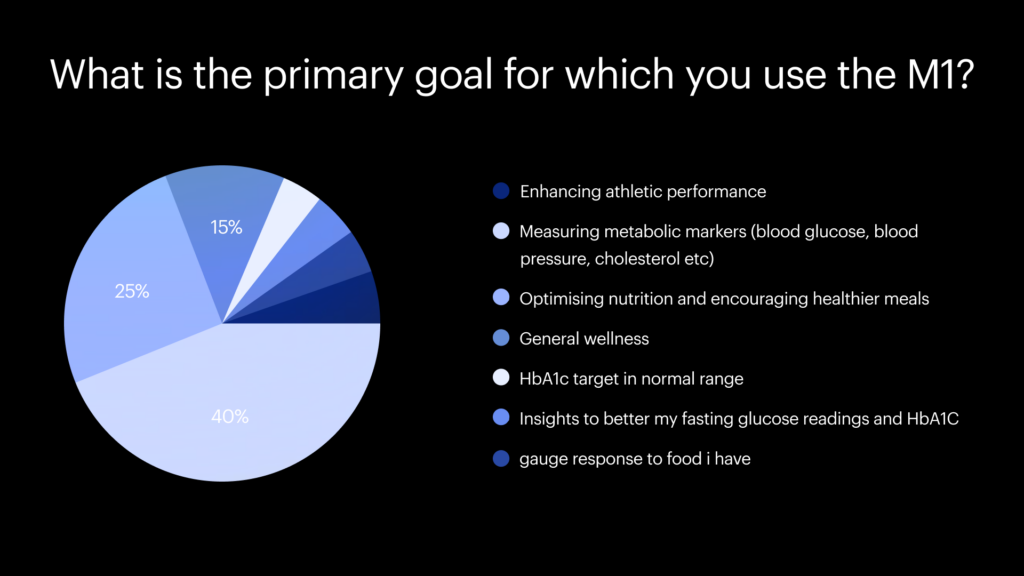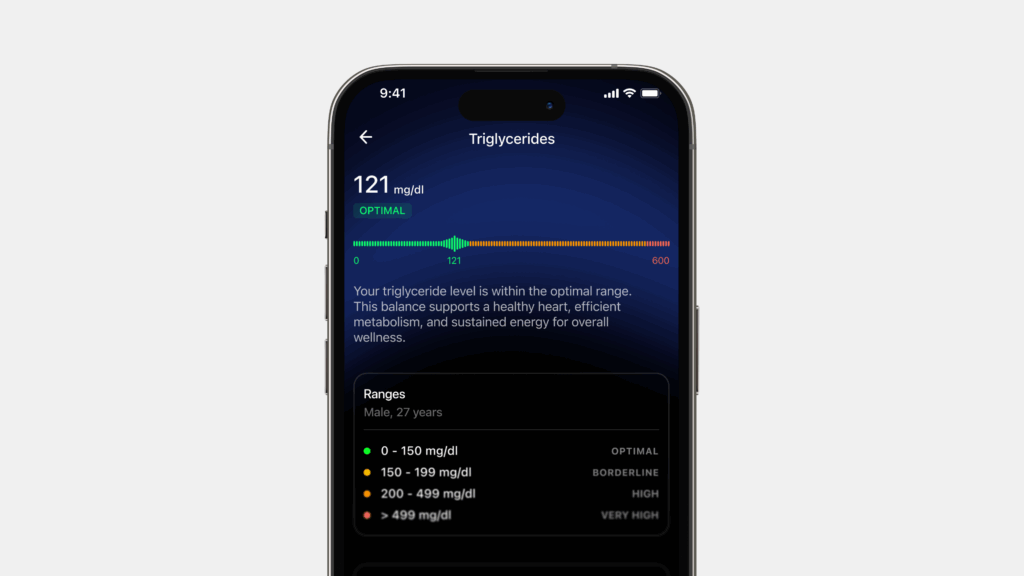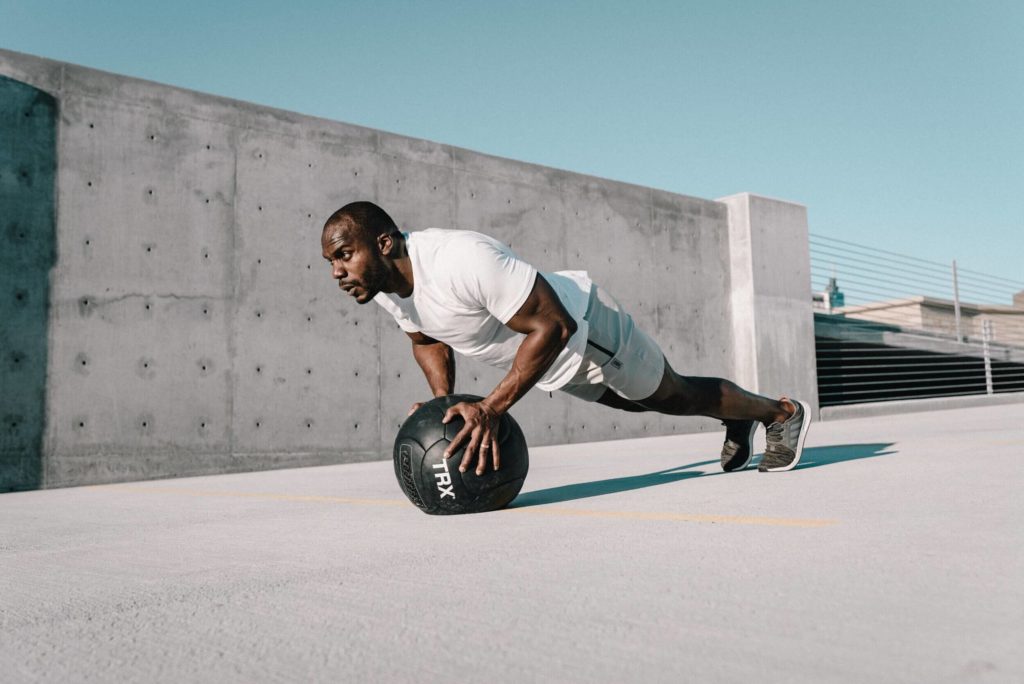As per the Indian Council of Medical Research – India Diabetes (ICMR INDIAB) study published in 2023, there are over 100 million cases of diabetes in India, as compared to 37.3 million in the United States of America. The cornerstone of type 2 diabetes management is a healthy diet, increased physical activity, not smoking and maintaining a healthy body weight. Oral medication and insulin are also frequently prescribed to help control blood glucose levels.
According to the National Urban Diabetes Survey, the estimated prevalence of prediabetes is 14 per cent in India. The World Health Organization has defined prediabetes as a state of intermediate hyperglycaemia using two specific parameters, impaired fasting glucose (IFG) defined as fasting plasma glucose of 6.1-6.9 mmol/l (110 to 125 mg/dl) and impaired glucose tolerance (IGT) defined as 2 h plasma glucose of 7.8-11.0 mmol/l (140-200 mg/dl) after ingestion of 75 g of oral glucose load or a combination of the two based on a 2 h oral glucose tolerance test3.
Since prediabetes is an asymptomatic condition, we need to go the extra mile to identify individuals with prediabetes. The concern then is how should one therapeutically approach those who have been identified with prediabetes.
Lifestyle modifications will be important in managing diabetes and in preventing the onset of diabetes in prediabetics.
It is important to measure the changes in blood sugar levels in diabetics and pre-diabetics. Insulin is a hormone that regulates blood sugar levels. Tracking blood sugar levels tells you how much insulin your body needs and when. Lifestyle choices (primarily diet and exercise) alter blood sugar levels and the changes vary from person to person following similar lifestyles.
Glucose monitoring can help with customised lifestyle modifications and insulin management. Fingerstick glucose monitoring (which requires a pinprick) has been the traditional protocol used to measure blood sugar. A newer technology, continuous glucose monitoring devices has recently been introduced in India by market leader, Ultrahuman and others. It is a more comprehensive and real-time solution to get information on metabolic health markers like blood sugar, HBA1C, etc. This requires you to insert a small sensor under your skin, typically in the arm. The sensor reads the relevant markers in the interstitial fluid under the skin every few minutes throughout the day and transmits the data to a mobile device.
The sensor has to be changed every 14 days. The Ultrahuman M1 device includes features such as real-time glucose monitoring, personalised food and exercise suggestions through performance coaches, a sleep tracker, metabolic nudges, and access to a ‘cyborg army’ which is a community of like-minded users.
A survey was designed and sent to more than 100 middle-aged (30-50 yrs) users of Ultrahuman M1, to discover the efficacy of using CGM devices to instil lifestyle modifications.
The survey was circulated electronically, and responses were anonymous.
18 per cent of the group provided complete responses to the survey, these were further collated and analysed.
KEY FINDINGS FROM THE SURVEY
- Over 70% of the respondents were males in the 25-35 age group, non-smokers, occasional drinkers with a 172 cm average height and 65-75 kg weight range.
- The device is used to achieve a variety of health goals:

3. Most patients use the device for more than six months.
4. The majority of the users have prediabetes or diabetes.
5. 89% see progress in meeting their goals.
6. Each responder concluded that the M1 device had a positive influence on their health, and encouraged them to make the required changes to achieve their goal.
In conclusion, using the Ultrahuman M1 empowers you to optimize your health with advanced glucose insights through lifestyle interventions in diet, sleep and exercise.
Please note:
Ultrahuman’s products and services are intended to provide general information for users to improve their metabolic fitness and general wellness. The products and services are not intended for disease management, treatment, or prevention, and should not be relied upon for any diagnostic or treatment decision. We do not intend to substitute professional medical opinion on the treatment, diagnosis, prevention or alleviation of diabetes or any other disease or disability. Always consult with a doctor or qualified healthcare professional about any health condition and/or concerns, that you may have. Please do not disregard/delay seeking professional medical advice or treatment because of information read on or accessed through our products and services.
Please work with your healthcare professional during the use of the third-party continuous glucose monitoring device (CGM) if you have sensitive skin or a skin condition or have suffered a skin injury due to the use of the CGM. In case of any skin rashes, irritation, allergies or injuries as a result of use of the CGM and/or adhesive patch, please inform us and/or your healthcare professional without delay.








